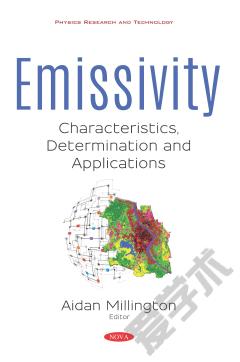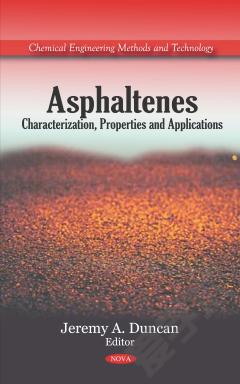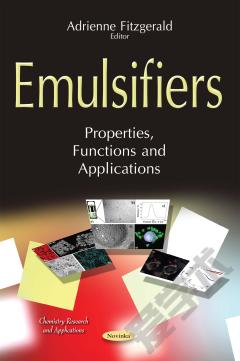Emissivity: Characteristics, Determination and Applications
Emissivity: Characteristics, Determination and Applications opens with an overview of a variety of remote sensing retrieval methods of land surface emissivity from space. The authors provide some theoretical background about land surface emissivity and recall various retrieval methods. During the atmospheric hypersonic re-entry of a space vehicle, the extremely high temperatures generated in the shock layer between the bow shock and the vehicle lead to very high temperatures at the wall, the values of which depend mainly on the total heat flux impinging the surface, and its emissivity. The higher the emissivity of the surface, the lower the temperature that is achieved. Thus, in order to perform reliable temperature predictions at the surface during space re-entry into the atmosphere, the authors suggest that proper knowledge of material surface emissivity is mandatory. In the penultimate chapter, the emissivity due to neutrino-pair production in e+e- annihilation in the context of the 331RHν model is calculated in a way that can be used in supernova models. Lastly, a photoacoustic cell is constructed to view two different surfaces through a pair of out of phase optical chopping wheels records the difference in radiation fluxes from the two surfaces. The point at which a lock-in amplifier records a null in the photoacoustic signal is where the radiation fluxes from the two surfaces are identical, permitting the relative emissivities of the two surfaces to be determined.
{{comment.content}}








 京公网安备 11010802027623号
京公网安备 11010802027623号